Buy this bird art Black-tailed godwit (Limosa limosa) in primeval Dutch polder landscape by Jacob Molenaar on canvas, ArtFrame, poster and wallpaper, printed on demand in high quality.
About "Black-tailed godwit (Limosa limosa) in primeval Dutch polder landscape"
by Jacob Molenaar
About the artwork
The black-tailed godwit (Limosa limosa), with its long bill and distinctive call, is a striking bird that is common in the Alblasserwaard polder during spring. This meadow bird is known for its annual migration between its breeding grounds in Europe and its wintering grounds in Africa.
In spring, godwits return to the polder to breed. They build their nests on the ground, often hidden among the tall grasses of the meadows. Females usually lay four eggs, which they incubate together with their partner for about four weeks.
After hatching, the chicks are cared for by both parents. They feed on insects and other small invertebrates found in the muddy soil of the polder. During this time, the parents are very vigilant and protect their chicks from possible predators such as birds of prey and foxes.
As summer progresses, the chicks grow rapidly and develop their ability to fly. When the time is right, they leave the polder with their parents and begin their long journey to Africa, where they will spend the winter.
The presence of godwits in the Alblasserwaard polder is not only a sign of spring, but also an indication of biodiversity and the importance of conserving meadow bird habitat. This photo shows well the cooperation between farmers and meadow birds.

About Jacob Molenaar
Hi hi, Jacob here! I am an enthusiastic nature lover from the Netherlands. I have been bird watching since I was 11, and actually from the beginning I started photography right away. First with compact cameras, nowadays with more expensive equipment. Occasionally I photograph landscapes, but.. Read more…
 Germany
Germany Ordered in June 2019
Ordered in June 2019
 Germany
Germany Ordered in March 2024
Ordered in March 2024
 Germany
Germany Ordered in December 2023
Ordered in December 2023
 Netherlands
Netherlands Ordered in December 2019
Ordered in December 2019
 Netherlands
Netherlands Ordered in February 2020
Ordered in February 2020
 Netherlands
Netherlands Ordered in August 2024
Ordered in August 2024
 Netherlands
Netherlands Ordered in August 2017
Ordered in August 2017
 Germany
Germany Ordered in April 2020
Ordered in April 2020
 Netherlands
Netherlands Ordered in October 2021
Ordered in October 2021
 Netherlands
Netherlands Ordered in April 2019
Ordered in April 2019
 Germany
Germany Ordered in October 2022
Ordered in October 2022
 Germany
Germany Ordered in October 2024
Ordered in October 2024
About the material
ArtFrame™
Interchangeable Art Prints
- High-quality print
- Easily interchangeable
- Acoustic function
- Large sizes available
Discover the artworks of Jacob Molenaar
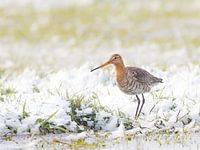 Black-tailed godwit in snowy polder landscapeJacob Molenaar
Black-tailed godwit in snowy polder landscapeJacob Molenaar Mystical forest in Switzerland's AlpsJacob Molenaar
Mystical forest in Switzerland's AlpsJacob Molenaar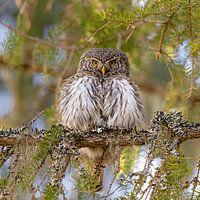 Pygmy owl in the Finnish primeval forestJacob Molenaar
Pygmy owl in the Finnish primeval forestJacob Molenaar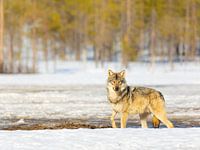 Wolf in the Finnish snowJacob Molenaar
Wolf in the Finnish snowJacob Molenaar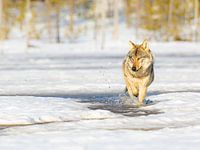 Wolf in the Finnish snowJacob Molenaar
Wolf in the Finnish snowJacob Molenaar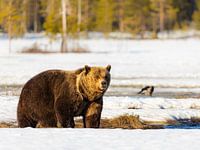 Bear in the Finnish snowJacob Molenaar
Bear in the Finnish snowJacob Molenaar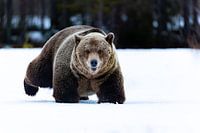 Brown bear strides through Finnish snowJacob Molenaar
Brown bear strides through Finnish snowJacob Molenaar Fighting brown bears in the Finnish snowJacob Molenaar
Fighting brown bears in the Finnish snowJacob Molenaar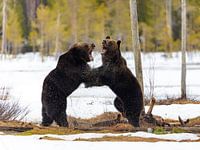 Fighting brown bears in the Finnish snowJacob Molenaar
Fighting brown bears in the Finnish snowJacob Molenaar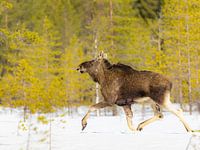 Running moose in the Finnish snowJacob Molenaar
Running moose in the Finnish snowJacob Molenaar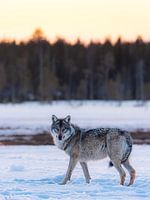 Wolf with the Finnish snow and sunriseJacob Molenaar
Wolf with the Finnish snow and sunriseJacob Molenaar View through the Austrian mountainsJacob Molenaar
View through the Austrian mountainsJacob Molenaar Dark clouds gather over the GrossglocknerJacob Molenaar
Dark clouds gather over the GrossglocknerJacob Molenaar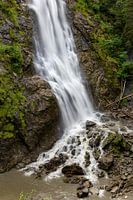 Waterfalls of the Kitzlochklamm in Taxenbach, AustriaJacob Molenaar
Waterfalls of the Kitzlochklamm in Taxenbach, AustriaJacob Molenaar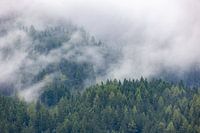 Foggy Magic: Mountain scenery in AustriaJacob Molenaar
Foggy Magic: Mountain scenery in AustriaJacob Molenaar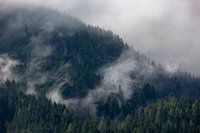 Foggy Magic: Mountain scenery in AustriaJacob Molenaar
Foggy Magic: Mountain scenery in AustriaJacob Molenaar Foggy Magic: Mountain scenery in AustriaJacob Molenaar
Foggy Magic: Mountain scenery in AustriaJacob Molenaar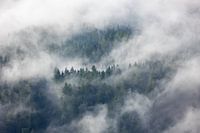 Foggy Magic: Mountain scenery in AustriaJacob Molenaar
Foggy Magic: Mountain scenery in AustriaJacob Molenaar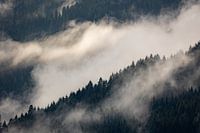 Foggy Magic: Mountain scenery in AustriaJacob Molenaar
Foggy Magic: Mountain scenery in AustriaJacob Molenaar
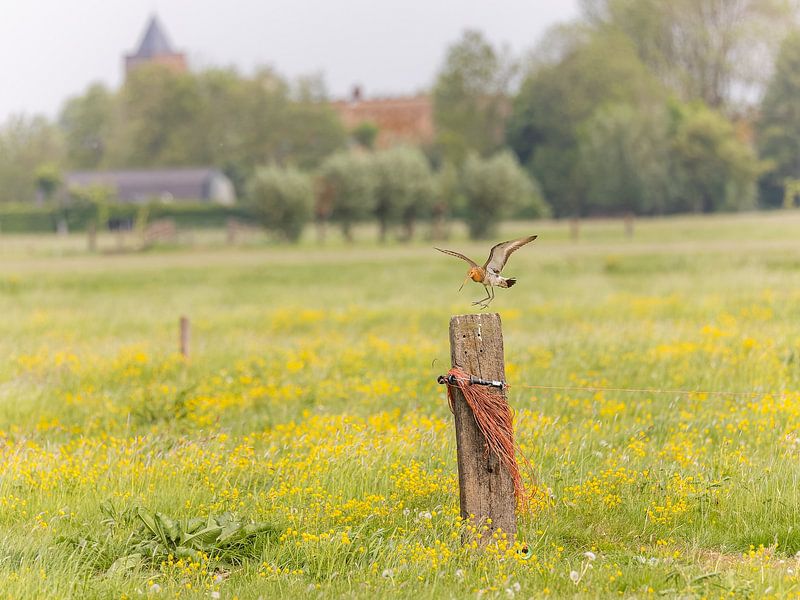
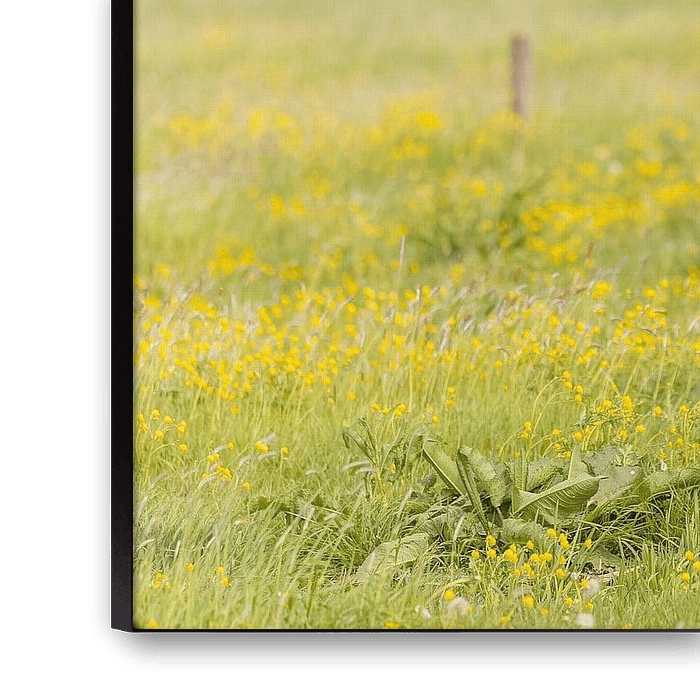
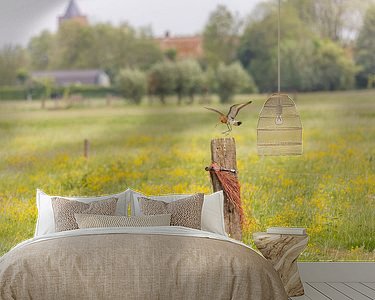



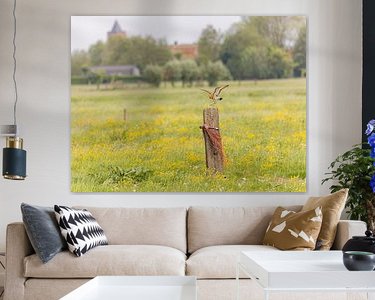
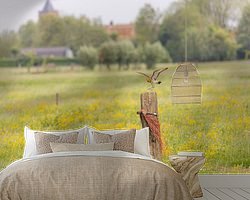





 Birds
Birds Children's dike
Children's dike Farm
Farm Photo wallpaper
Photo wallpaper Photography
Photography Polder landscape
Polder landscape Serene Peace
Serene Peace The Netherlands
The Netherlands









